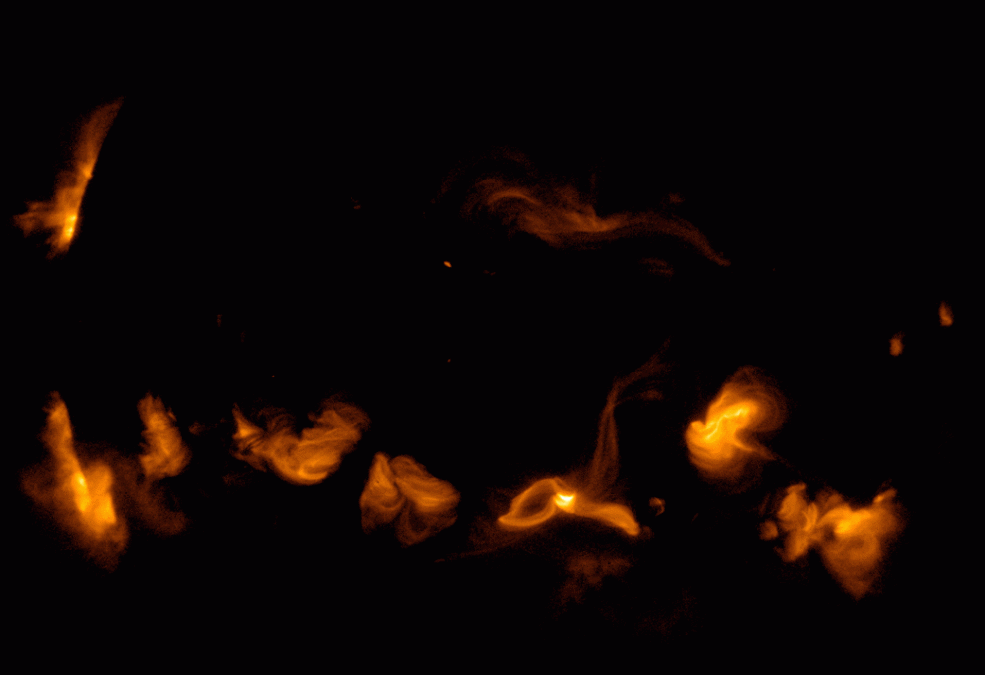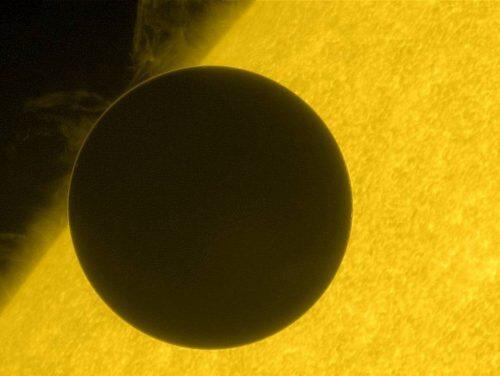Since its launch on Sept. 22, 2006, Hinode, a joint mission of the Japan Aerospace Exploration Agency (JAXA) and NASA, has been watching the sun nearly non-stop, providing valuable insight into our star – and others throughout the universe.
“The sun is terrifying and gorgeous, and it’s also the best physics laboratory in our solar system,” said Sabrina Savage, project scientist for Hinode at NASA’s Marshall Space Flight Center in Huntsville, Alabama. “In the past 10 years, Hinode has focused on understanding our sun as a variable star.”
Hinode has captured everything from solar explosions to the delicate motion of solar spicules, allowing scientists to study these phenomena in great detail. As most of Hinode’s instruments are still in good working order, the team behind Hinode hopes to delve even deeper into our nearest star.
“We recently adjusted mission operations to track a single target for several days, instead of jumping around among active regions,” said Savage. “This new paradigm will allow us to get a more complete picture of active region evolution.”
To celebrate Hinode’s first 10 years in orbit, here are 10 highlights from Hinode’s scientific accomplishments of the past decade.
This image of Venus was taken during the Venus transit of June 5, 2012, by Hinode’s Solar Optical Telescope. In this image, Venus is just beginning its journey across the face of the sun. Its atmosphere is visible as a thin, glowing border on the upper left of the planet. Scientists used images from the Venus transit, taken by Hinode and other sun-watching satellites, to study the atmosphere of Venus.
These images of the moon eclipsing the sun on May 12, 2012, coincided with a simultaneous annular eclipse visible from parts of the western United States and Southeast Asia. An annular eclipse happens when the moon passes directly in front of the sun at a point in its orbit when it is relatively far from Earth. This extra distance makes the moon appear smaller than the sun in the sky, so it doesn’t block the entire face of the sun, instead leaving a thin glowing band – often known as a ring of fire – around its edge.
Hinode’s Solar Optical Telescope imaged the sun’s chromosphere – a thin layer between the sun’s surface and atmosphere – on Jan. 12, 2007. This image showcases the filament structure of solar material that is pulled and stretched by the sun’s complex and ever-changing magnetic forces.
View more through NASA.














